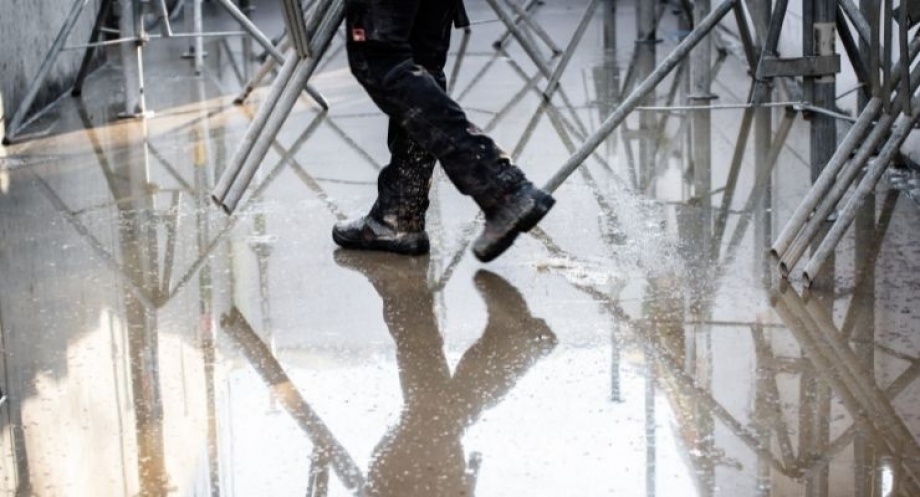The Weather Effect On Safety

Working outdoors is no easy feat- not only is the work physically demanding, but you also have to contend with the elements.
Especially during our hurricane season, the weather can be unpredictable. Leaving home when it is sunny, can easily turn into being caught in a torrential shower of rain.
The weather can change your working conditions. For example, if you work in agriculture, working in a field that is dry while the sun is out can become a slippery and hazardous zone when it rains.
Being prepared to manage any of nature’s whimsies can make a difference in safety on the job.
When planning jobs or projects for the outdoors, you should never underestimate the effect that the weather element will have on the productivity or completion of the work.
Consider the time of year that your project will be underway and how that can affect the materials or safety on the job site.
For instance, mixing cement in the rain can weaken its composition if too much water is added to the mixture, changing wind speeds can affect hoisting equipment or even the maneuverability of heavy equipment like cranes, or depending on the severity of the weather (e.g. hurricane warnings) you may be forced to halt operations and this can delay deadlines.
The safety of the worker and the job site can be supported by proper planning for these types of phenomena, where there is less pressure to work in hazardous conditions owing to the weather because the elements affecting productivity have already been taken into account.
In addition to proper project planning, as with all aspects of safety, people should use common sense when coping with the weather at work. Employees should, for instance, refrain from skylarking in the rain or near wet machinery, or if it is hot outside take frequent water breaks to regulate their body temperatures.
Employees should exercise their judgment if they feel that the weather is presenting a threat to their health and safety, and employers should ensure that they have the ability to do so.
Companies that operate services outdoors should implement policies that empower their employees to make sound judgments regarding their safety outdoors. This can include:
- Outlining a break policy for working in the heat and sun
- Ensuring the proper safety attire is required and provided
- Provide sheltered areas where possible from the elements (rain and sun)
- Provide training on recognizing the signs of heat stroke
- Provide adequate water stations where possible or require staff to have proper hydration options (e.g. water bottles)
Some best practices for employees working outside are:
- Check the weather forecast daily
- Wear a broad brim hat to help alleviate the direct onslaught of heat to their head
- Use a cooling towel around your neck
- Keep a change of clothes in case they are caught in the rain so that they do not stay in wet clothing
- Wear safety shoes that can transition with the weather, for example, slip-resistant and waterproof
- Take plenty of water throughout the day
For safety supplies to help you stay on top of the weather element on the job, shop at Safety Supply Co! Visit us online at www.safetysupplyco.com, in-store, or contact a Sales Representative today by calling 246.426.4935!
Blog Articles
Check out more articles
PPE: The Unspoken Love Language
Wearing PPE: Protecting Your Present and Securing Your Future
View MoreTips to Improve Safety While Working With Heavy-Duty Mobile Equipment
Improving the safety of ground personnel working around mobile equipment, such as forklifts, excavators, etc., requires a combination of engineering controls, administrative measures, and behaviora
View MoreWhy You Should Service Your Safety Equipment
Safety equipment serves as the frontline defense against workplace hazards, ensuring the well-being of employees and minimizing risks.
View More



